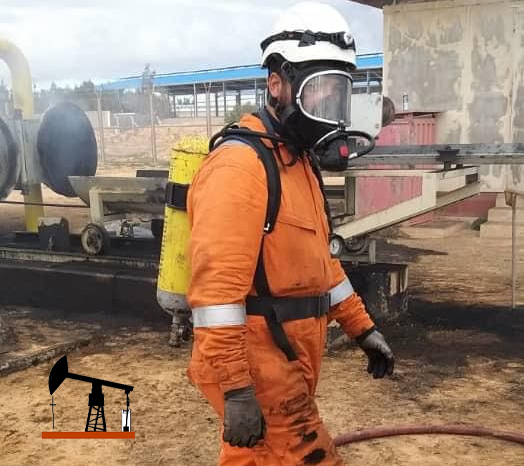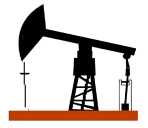
Sefety first
Emergency Preparedness
Messla strives to make continuous improvement toward the goal of zero incidents and injuries and zero impact on the environment. Prevention is our primary objective. However, because we recognize that emergency situations can occur, we view emergency preparedness as a critically important function. It is the policy of Messla to prepare for emergency situations and to familiarize our employees with emergency procedures that may occur at their work locations.
Messla has established written emergency procedures for a variety of potential emergency situations. Accurate procedures allow for a rapid, organized, and safe response to an emergency. We believe that written emergency procedures are only effective if implemented and executed properly. Drills are the best way to test the effectiveness of our procedures and are performed on a regular basis.
The results of these drills are documented and critiqued. Messla conducts these mock emergency response drills to practice emergency preparedness, ensuring that our employees’ response skills remain sharp and that local fire and police departments are familiarized with our facilities and emergency response procedures and capabilities.
Messla has emergency procedures in place to promptly shut down and isolate a pipeline, dispatch first responders, and take measures to protect human health and the environment as necessary. We maintain or contract emergency response equipment and/or personnel to ensure a rapid, organized, and safe response to any emergency situation.

We also have proactive public awareness and community outreach programs to inform the public about our operations and to enlist their assistance in reducing the potential for an emergency situation.
Since pipelines are buried underground, pipeline markers like the ones shown above are used to indicate the approximate location of a pipeline.
They cannot be relied upon to indicate the exact location of a pipeline.
Pipeline markers can usually be found where the pipeline intersects a street, highway or railroad. The pipeline may not follow a straight course between markers, and the markers are limited in the information they provide.
They provide no information on the depth or number of pipelines in the area.

One Call / Program Procedures and Phone Numbers
Even though underground pipelines are identified with pipeline markers, a major cause of pipeline accidents is third party activity.
The number one cause of pipeline leaks is damage caused by earth-moving and construction equipment and tools owned by parties other than the pipeline company. If you plan to dig or do any type of excavation or construction work close by or near existing oil fields, call the specific concession holders or owners a few days prior to excavation.
In Case of Emergency
Signs of a Pipeline Leak
By Sight
– A pool of liquid on the ground near a pipeline
– A dense white cloud or fog over a pipeline
– Discolored vegetation surrounding the pipeline
By Sound
– An unusual hissing or roaring sound
By Smell
– An unusual, petroleum-like odor
– Liquefied petroleum gas (propane and butane) are generally odorless
What To Do If a Pipeline Leak Occurs
1 – Immediately leave the area, on foot, in an upwind direction
2 – Avoid making contact with escaping liquids or vapors
3 – Avoid potential ignition sources
4 – Abandon all equipment being used in the area
5 – DO NOT drive into an area in which you encounter a leak or vapor cloud
6 – DO NOT light a match, start an engine, or switch on/off an electric light or appliance when near the escaping liquids or vapors
7 – Warn others to stay away from the area
8 – DO NOT try to operate any pipeline valves yourself
9 – DO NOT use a cell phone while near the suspected emergency area
10- From a distant phone or safe cell phone use location, call the authorities.
